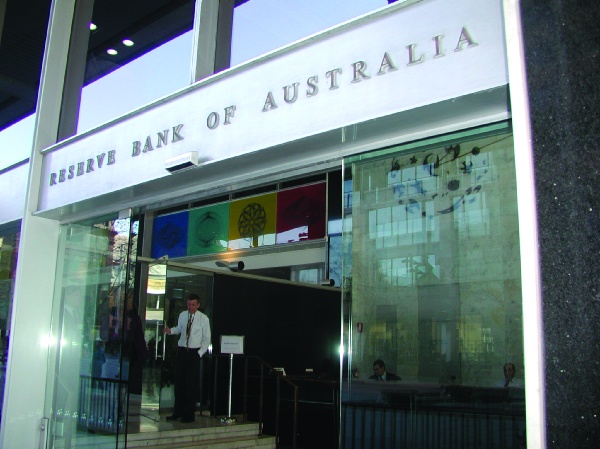
While the Reserve Bank of Australia (RBA) may have held the official cash rate at a record low of 1.5% on Tuesday, borrowers could be punished anyway by rising house prices and the banks’ out-of-cycle rate hikes.
Even though the cash rate hasn’t moved since a 25 basis point cut in August 2016, this hasn’t stopped the banks, which have refused to pass on the full benefit of the Reserve Bank’s record-low rates, in order to offset costs and prop up their profits.
Analysis by The New Daily of official data published on Tuesday by the Reserve Bank indicates that the gap between the RBA’s rate and the standard rate banks quote to mortgage borrowers is the widest it has been in 20 years.
Ashton De Silva, an RMIT economist and expert on the housing market, said it was “conceivable” that banks could widen the gap even further in the coming months in response to shifts in the global economy.
De Silva pointed to the impact of Brexit and the Federal Reserve pushing up rates in the United States as factors that could force Australian banks to pay more to borrow overseas. The costs would then be passed on to Aussie owner-occupiers.
This spread between the official rate (which is still the main driver of bank funding costs, according to the Reserve Bank) and the standard variable rate (SVR) that banks quote to prospective customers, is edging perilously close to four percentage points, the greatest margin since 1994.
While the SVR is higher than what most customers actually pay, the gap is similar for discounted rates.
The good news for mortgage borrowers is that the RBA probably won’t hike rates for a few more months, according to many analysts. However, that won’t provide much relief if the banks push up rates in the interim in response to rising borrowing costs.
Martin North, principal at Digital Finance Analytics (DFA), said lenders were likely to continue going after investors and interest-only borrowers, while leaving owner-occupier rates relatively untouched.
“Last year there was a massive race to the bottom in terms of discounts to try to gain volume and share. Many banks dented their margins in the process,” North told The New Daily. “They’ve now got the perfect cover, thanks to APRA’s regulatory intervention, and so I’d expected to see mortgage rates continuing to grind higher, particularly for investors and anyone on interest-only.”
While the Reserve Bank’s cash rate may be the main driver of bank funding costs, it’s not the only driver. Australian banks also borrow heavily from overseas money markets, such as London and New York, and from term deposits in Australia.
Owner-occupier mortgage rates are still lower now than they were in 2011, when the RBA began making cuts. Since then, the official cash rate has fallen by nearly 70%, from 4.75% to 1.5%.
However, the benefits of these cuts aren’t being felt by borrowers due to rising house prices, which are being fuelled in part by low rates. While rate cuts are supposed to give households more disposable income by reducing their mortgage payments, it’s important to remember that interest is only half the mortgage, the other half being principal.
The principal is being pushed up by higher property prices, particularly in the eastern capitals. This means that the total amount of money mortgage borrowers are repaying to the banks is high, and will stay high, despite what the RBA is doing.
Collections: Mortgage News


Share